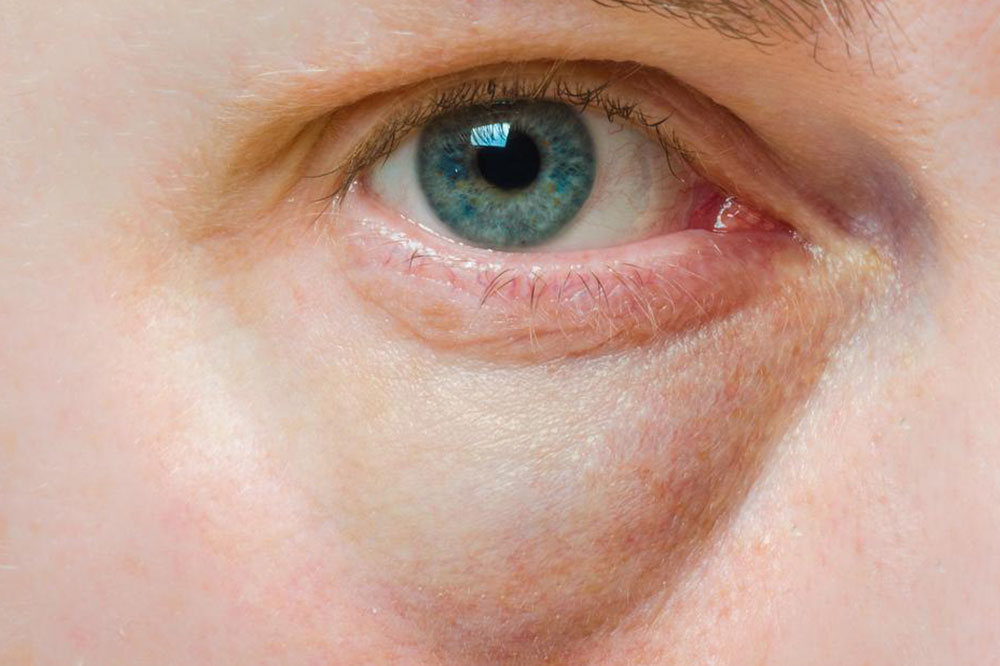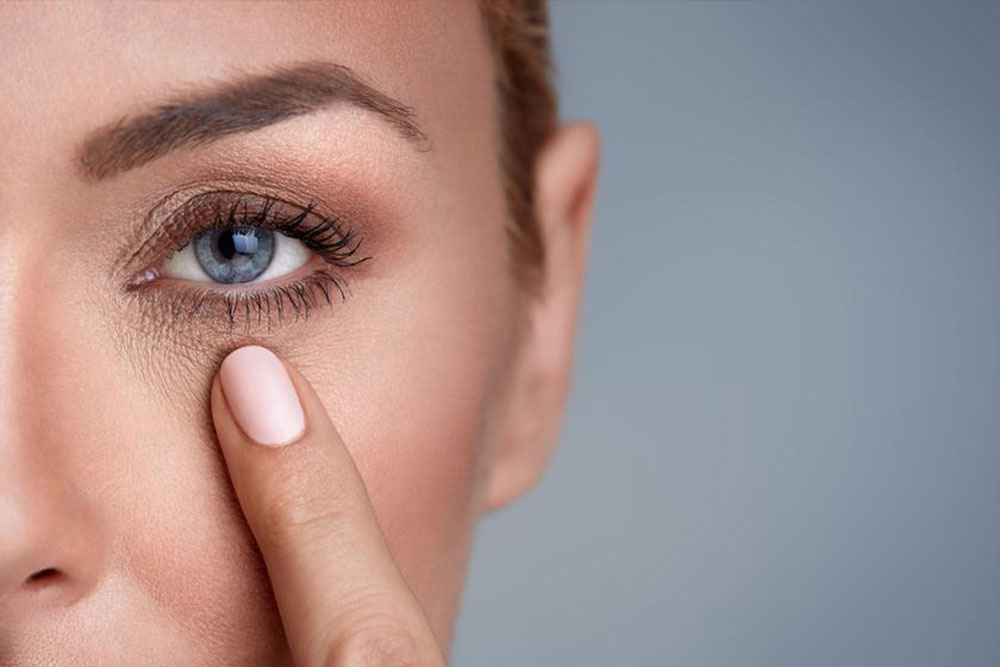Comprehensive Guide to Maintaining Optimal Eye Health and Vision Preservation
Protect your vision with essential eye health strategies. Learn about common eye conditions like glaucoma, cataracts, and retinal detachment, along with preventive tips including regular eye exams, proper nutrition, and UV protection. Prioritize your eye health today for a lifetime of clear sight and improved quality of life.

Comprehensive Guide to Maintaining Optimal Eye Health and Vision Preservation
Healthy eyesight is fundamental to our daily lives, enabling us to perform tasks, enjoy leisure activities, and navigate the world with confidence. Yet, many people overlook the importance of proactive eye care. Studies indicate that only about 30% of individuals schedule routine eye examinations, leaving a significant portion of the population vulnerable to a range of eye-related health issues. This oversight can lead to the development of preventable or manageable eye conditions that, if left untreated, may result in serious vision impairment or blindness. This extensive guide aims to shed light on critical strategies to promote optimal eye health, identify common eye disorders, and discuss preventive measures that can help safeguard your vision for years to come.
Protecting your eyesight entails more than just avoiding accidents—it involves consistent eye care, understanding potential risks, and adopting healthy habits. Among the common eye disorders that pose risks to vision are glaucoma, cataracts, retinal detachment, and various eye allergies. Each of these conditions has distinct characteristics, causes, and treatment options, making it essential to recognize early signs and seek professional advice promptly. This comprehensive article delves into the specifics of these conditions, explores preventive strategies, and provides practical tips for maintaining overall eye health.
Understanding the Most Common Eye Disorders
The journey to maintaining healthy eyes begins with awareness—knowing the conditions that can impact your vision and how they develop. Here, we explore the most prevalent and impactful eye disorders, their symptoms, causes, and treatment avenues.
Glaucoma: An Insidious Threat to Vision
Glaucoma is often dubbed the 'silent thief of sight' because it gradually damages the optic nerve without early noticeable symptoms. It primarily results from increased intraocular pressure (IOP) caused by fluid buildup inside the eye. Over time, this pressure can compress and damage the optic nerve fibers, ultimately leading to irreversible vision loss if left untreated. According to medical research, glaucoma affects millions worldwide and is a leading cause of blindness.
There are different types of glaucoma, with primary open-angle glaucoma being the most common. Other forms include angle-closure glaucoma, which can present suddenly and is often painful, requiring immediate medical intervention. Risk factors for glaucoma include age, family history, high intraocular pressure, diabetes, certain medications, and ethnic background (notably among African and Hispanic populations).
Early detection through regular eye exams is crucial. Diagnostic procedures such as tonometry (measuring eye pressure), gonioscopy, optic nerve imaging, and visual field testing help eye specialists gauge the risk and stage of glaucoma. Once diagnosed, treatment options typically include eye drops, oral medications, laser therapy, or surgery designed to reduce intraocular pressure and prevent further optic nerve damage.
Cataracts: Clouding the Clarity of Vision
Cataracts develop when the natural lens of the eye becomes cloudy, leading to blurred or dim vision. They are primarily linked to aging but can also stem from other factors such as trauma, exposure to ultraviolet (UV) rays, diabetes, certain medications like corticosteroids, and lifestyle choices like smoking.
This condition typically progresses gradually, with early symptoms including difficulty seeing in low light, sensitivity to glare, halos around lights, and faded colors. Without timely intervention, cataracts can become severe enough to significantly impair sight, affecting daily functioning and quality of life.
Surgical removal of cataracts remains the most effective treatment, where the cloudy lens is removed and replaced with an artificial intraocular lens (IOL). Advances in surgical techniques have made this procedure quick, safe, and highly successful, restoring clear vision in most cases. Preventive strategies include wearing UV-protective sunglasses, maintaining blood sugar levels in diabetes, avoiding smoking, and eating a diet rich in antioxidants—fruits, vegetables, and nutrients like lutein and zeaxanthin.
Retinal Detachment: A Sight-Threatening Emergency
The retina is a thin layer of tissue at the back of the eye that captures light and transmits visual signals to the brain. Retinal detachment occurs when the retina separates from the underlying choroid layer, often due to fluid accumulation between these layers. This condition can lead to rapid and permanent vision loss if not treated promptly.
Common symptoms include the sudden appearance of floaters, flashes of light, a shadow or curtain over part of the visual field, and blurred vision. Though painless, retinal detachment is a medical emergency requiring immediate attention. Risk factors include high myopia (nearsightedness), eye injuries, previous eye surgery, and age-related changes in the vitreous gel inside the eye.
Diagnosis involves a comprehensive dilated eye examination and retinal imaging. Treatment options typically involve laser therapy or cryotherapy to seal retinal tears, or more invasive procedures like pneumatic retinopexy, scleral buckling, or vitrectomy to reattach the retina. Postoperative care, regular follow-ups, and managing underlying risk factors are critical for preserving vision.
Eye Allergies and Other Conditions
Common eye allergies are triggered by environmental allergens such as dust, pollen, pet dander, or seasonal changes. Allergic conjunctivitis causes inflammation, redness, itching, tearing, and swelling, which can sometimes lead to more serious complications if severe. Medication allergies or reactions to contact lens solutions can also damage the eyes.
Additionally, other less common but notable conditions include uveitis (inflammation of the uveal tract), sty (a bacterial infection of eyelid glands), keratoconus (corneal thinning deformity), blepharitis (eyelid inflammation), chalazion (blocked eyelid oil gland), corneal ulcers, myopia (nearsightedness), and color blindness. Many of these conditions can be managed effectively with early diagnosis and appropriate treatment.
Preventive Measures for Better Eye Health
Prevention is always better than cure, especially when it comes to preserving your eyesight. Several proactive measures can significantly reduce the risk of developing serious eye conditions or mitigate their impact. Here are some essential strategies:
Schedule routine comprehensive eye exams at least once every one to two years, or more frequently if advised by your eye care professional. Regular check-ups facilitate early detection of potential problems.
Ensure you undergo specific tests such as refraction assessments, visual acuity tests with Snellen charts, visual field evaluations, tonometry for eye pressure, and ophthalmoscopy to examine the retina and optic nerve.
Maintain a balanced diet rich in fruits and vegetables—particularly those high in antioxidants like vitamins C and E, lutein, and zeaxanthin—that support eye health.
Limit screen time and take frequent breaks using the 20-20-20 rule: every 20 minutes, look at something 20 feet away for at least 20 seconds. This reduces eye strain caused by prolonged exposure to digital screens.
Practice good eye hygiene—avoid touching your eyes with unwashed hands, and clean contact lenses properly. Replace lenses as recommended to prevent infections such as keratitis.
Protect your eyes from UV rays by wearing quality sunglasses outdoors, especially in bright sunlight. UV exposure is linked to cataracts and other eye damages.
Avoid smoking, which increases the risk of age-related macular degeneration and cataracts. Managing chronic conditions like diabetes and hypertension can also reduce eye complication risks.
Use prescribed eye drops for conditions like dry eye or glaucoma as directed and attend follow-up appointments to monitor eye health.
Conclusion: Prioritize Your Vision
In conclusion, maintaining optimal eye health requires a combination of regular medical check-ups, a nutritious diet, protective practices, and prompt attention to any visual changes or discomfort. With the right knowledge and proactive habits, you can significantly reduce the risk of debilitating eye conditions and enjoy clear, healthy vision for years to come. Remember, your eyes are vital assets—caring for them today ensures a brighter, clearer future.





